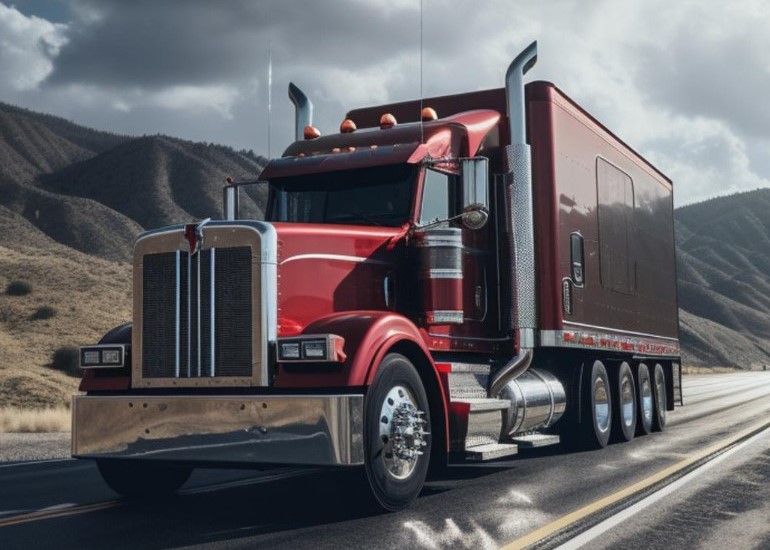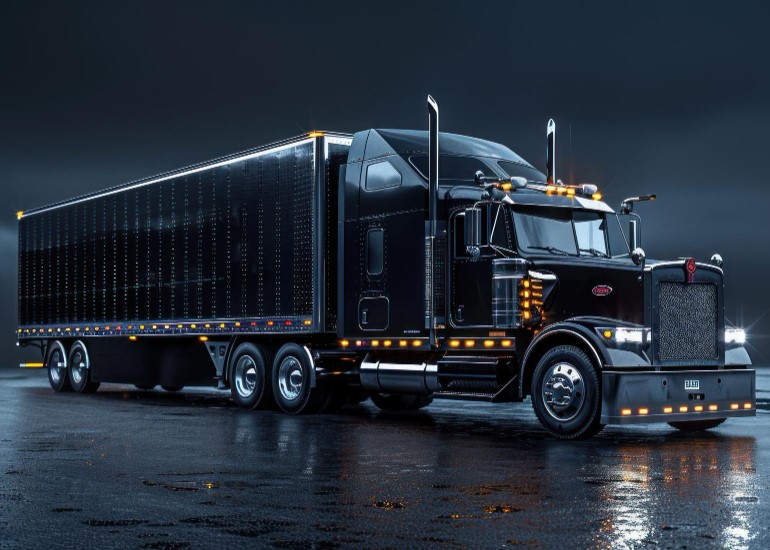Online CDL Permit Practice Tests
state Nevada
Ace Your Nevada CDL Exam: Free Practice Tests
Don't waste your time - start practicing with free online tests today
Our free online CDL practice tests cover all the essential topics, including General Knowledge, Air Brakes, and Combination Vehicles. Practice at your own pace, anytime, anywhere, to build your confidence and ensure you’re fully prepared for your CDL exam.
General Knowledge Test
Air Brakes
Test
Combination Vehicle Test
Step-by-Step Guide to Getting a CDL in Nevada
Step 1: Determine Your CDL Class and Endorsements
Determining the appropriate Commercial Driver’s License (CDL) class and necessary endorsements is the foundational step toward operating commercial vehicles in Nevada. The Nevada Department of Motor Vehicles (DMV) provides official guidelines to assist you in this process.
CDL Classes in Nevada:
Class A CDL: Required for operating any combination of vehicles with a Gross Combination Weight Rating (GCWR) of 26,001 pounds or more, provided the Gross Vehicle Weight Rating (GVWR) of the vehicle(s) being towed exceeds 10,000 pounds.
Class B CDL: Pertains to any single vehicle with a GVWR of 26,001 pounds or more, or any such vehicle towing another vehicle not exceeding 10,000 pounds GVWR.
Class C CDL: Applies to any single vehicle or combination of vehicles that does not meet the definitions of Class A or Class B but is designed to transport 16 or more passengers, including the driver, or is used in the transportation of hazardous materials requiring placarding.
CDL Endorsements in Nevada:
Depending on your specific driving duties, you may need to obtain one or more endorsements to your CDL:
Double/Triple Trailers (T) Endorsement: Enables the operation of vehicles pulling double or triple trailers.
Passenger (P) Endorsement: Authorizes the operation of vehicles
Tank Vehicle (N) Endorsement: Permits the operation of vehicles designed to transport liquids or gases in bulk tanks.
Hazardous Materials (H) Endorsement: Allows the transportation of hazardous materials requiring placarding. To obtain this endorsement, you must pass the Hazardous Materials knowledge test and complete a Transportation Security Administration (TSA) background check, including fingerprinting.
Hazardous Materials and Tankers (X) Endorsement: Combines the Hazardous Materials and Tank Vehicle endorsements.
School Bus (S) Endorsement: Allows the operation of school buses for transporting pupils to and from school or related functions. Obtaining this endorsement requires passing both the Passenger (P) and School Bus (S) knowledge tests, holding a Commercial Learner’s Permit (CLP) with these endorsements for at least 14 days, and passing a skills test in a school bus of the same vehicle group.
It’s essential to determine the specific CDL class and endorsements applicable to your intended commercial driving activities before proceeding with the CDL application process. This ensures compliance with Nevada regulations and prepares you for the necessary tests and training.
For more detailed information, refer to the Nevada Department of Motor Vehicles’ CDL Classes and Endorsements page.
Step 2: Obtain a Commercial Learner's Permit (CLP):
Obtaining a Commercial Learner’s Permit (CLP) is a crucial step toward acquiring a Commercial Driver’s License (CDL) in Nevada. Here’s a comprehensive guide to help you navigate the process:
Eligibility Requirements:
Age:
- 18-20 Years Old: Eligible for a CLP to operate commercial motor vehicles within Nevada only (intrastate).
- 21 Years and Older: Eligible for a CLP to operate commercial motor vehicles interstate (across state lines) and to receive endorsements for passengers or hazardous materials.
Driver’s License: Possess a valid Nevada non-commercial driver’s license.
Medical Certification: Provide a valid Medical Examiner’s Certificate (DOT medical card) if you certify as Category A: Interstate – Non-Excepted. This demonstrates you meet the physical qualifications required for commercial driving.
Prepare Required Documents:
Proof of Identity and Legal Presence: Present one U.S.-based document, such as a certified birth certificate or valid U.S. passport, to establish citizenship or lawful status and identity.
Proof of Nevada Residency: Submit at least two documents verifying your Nevada residential address, such as utility bills, lease agreements, or bank statements.
Social Security Number (SSN): Disclose your valid SSN, which will be verified through the Social Security Administration.
Study for Knowledge Tests:
- Review the Nevada Commercial Driver License Manual to prepare for the required knowledge tests.
Pass Required Knowledge Tests:
- Successfully complete written tests covering general commercial vehicle operation and any additional endorsements you seek (e.g., air brakes, passenger transport).
Apply for the CLP:
Visit a Nevada Department of Motor Vehicles (DMV) office to submit your application.
Provide all required documents.
Pay the applicable CLP issuance fee.
Post-Application Steps:
CLP Validity: Your CLP is valid for 180 days from the date of issuance.
Holding Period: You must hold the CLP for a minimum of 14 days before you are eligible to take the CDL skills test.
For comprehensive details and the most current information, refer to the Nevada Department of Motor Vehicles’ Commercial Learner’s Permit page.
Step 3: Complete Entry-Level Driver Training (ELDT):
Completing Entry-Level Driver Training (ELDT) is a mandatory step toward obtaining a Commercial Driver’s License (CDL) in Nevada. This training ensures that new commercial drivers acquire the necessary knowledge and skills for safe vehicle operation. Here’s how to navigate the ELDT process:
Who Needs to Complete ELDT?
As of February 7, 2022, ELDT is required for individuals who are:
Applying for a Class A or Class B CDL for the first time.
Upgrading an existing Class B CDL to a Class A CDL.
Obtaining a school bus (S), passenger (P), or hazardous materials (H) endorsement for the first time.
These regulations ensure that all entry-level drivers meet standardized training requirements before proceeding to the CDL skills or knowledge tests.
Finding an Approved Training Provider
ELDT must be completed through a provider listed in the Federal Motor Carrier Safety Administration’s (FMCSA) Training Provider Registry. To find a suitable provider:
Access the Training Provider Registry: Visit the FMCSA’s Training Provider Registry website to search for registered training providers.https://dmv.nv.gov
Verify Nevada Licensing: Before enrolling, ensure the training provider is licensed by the Nevada Department of Motor Vehicles (DMV). You can verify a school’s licensing status through the Nevada DMV’s Business License Verification. Enrollment in a non-licensed school may result in the DMV not accepting your ELDT completion.
Training Curriculum
The ELDT curriculum is standardized and includes:
Theory Instruction: Covers essential knowledge areas such as:
Basic Operation
Safe Operating Procedures
Advanced Operating Practices
Vehicle Systems and Reporting Malfunctions
Non-Driving Activities (e.g., handling cargo, environmental issues)
Behind-the-Wheel (BTW) Training: Provides practical driving experience, including:
Range Training: Conducted in a controlled environment focusing on basic vehicle control.
Public Road Training: Involves driving in real traffic situations to apply learned skills.
There is no minimum number of hours required for either theory or BTW training; however, proficiency in all required elements must be demonstrated.
Post-Training Steps
Training Certification: Upon successful completion, the training provider will electronically submit your certification to the FMCSA. Ensure this step is completed before scheduling your CDL skills or knowledge test.
Scheduling the CDL Test: After your training certification is recorded, you can schedule your CDL skills test (or knowledge test for the H endorsement) with the Nevada DMV. Ensure you meet all other eligibility requirements, including holding a valid Commercial Learner’s Permit (CLP) for at least 14 days.
For comprehensive details and the most current information, refer to the Nevada Department of Motor Vehicles’ Commercial Learner Permits page.
Step 4: Practice with Your CLP:
After obtaining your Commercial Learner’s Permit (CLP) in Nevada, you must practice operating a commercial vehicle to prepare for the CDL skills test. This practice period ensures that you develop the necessary driving skills to safely operate a Commercial Motor Vehicle (CMV) under real-world conditions.
CLP Driving Rules in Nevada
While holding a CLP, you may only drive a commercial vehicle under the direct supervision of a qualified CDL holder. The supervising driver must:
- Be at least 25 years old.
- Hold a valid CDL for the same class and type of vehicle.
- Have at least one year of licensed commercial driving experience in the appropriate vehicle class.
- Remain seated in the front passenger seat at all times while you are driving (or in the first row behind the driver for a passenger vehicle).
What to Focus on During Practice
During your CLP period, you should focus on mastering the skills required for the CDL skills test, including:
- Performing a pre-trip vehicle inspection to check for safety and mechanical issues.
- Practicing basic vehicle control maneuvers, such as straight-line backing, offset backing, and parallel parking.
- Driving in real-world traffic conditions, including intersections, lane changes, merging onto highways, and following road signs.
Additional Practice Recommendations
- Use the Same Type of Vehicle – Practice in the same class and type of vehicle that you will use for the CDL skills test.
- Avoid CDL Restrictions – If you take your test in a vehicle with automatic transmission or no air brakes, your CDL will have a restriction that may limit the types of vehicles you are legally allowed to drive.
CLP Holding Period
In Nevada, you must hold your CLP for at least 14 days before you are eligible to take the CDL skills test. The CLP is valid for 180 days and can be renewed once. If it expires for more than 30 days, you may be required to retake all knowledge tests to obtain a new CLP.
For official guidance and CDL training resources, refer to the Nevada Department of Motor Vehicles (DMV) or consult an FMCSA-approved training provider.
Step 5: Schedule and Pass the CDL Skills Test:
After holding your Commercial Learner’s Permit (CLP) for at least 14 days and completing any required Entry-Level Driver Training (ELDT), you can schedule your CDL skills test in Nevada. This test evaluates your ability to safely operate a commercial vehicle and is required to obtain your CDL.
How to Schedule Your CDL Skills Test
- The CDL skills test must be taken at a Nevada Department of Motor Vehicles (DMV) testing site or an approved third-party testing location.
- You must schedule your test in advance through the Nevada DMV website or by contacting a CDL testing location.
- Ensure you have completed ELDT (if required) before scheduling your test.
What to Bring on Test Day
On the day of your CDL skills test, you must bring:
- Your valid Nevada driver’s license.
- Your Commercial Learner’s Permit (CLP).
- Your Medical Examiner’s Certificate (DOT medical card), if required.
- A commercial vehicle that matches the class of CDL you are testing for and is in safe operating condition.
CDL Skills Test Overview
The CDL skills test consists of three parts:
Pre-Trip Vehicle Inspection
- Demonstrate your ability to inspect the vehicle and identify any safety concerns.
- Explain what you are checking and why it is important.
Basic Vehicle Control Test
- Perform controlled maneuvers such as straight-line backing, offset backing, and parallel parking.
- Demonstrate control of the vehicle in a limited space.
On-Road Driving Test
- Drive in real traffic conditions while being evaluated on your ability to safely operate the vehicle.
- Navigate intersections, lane changes, highway driving, turns, and compliance with traffic laws.
Important Reminders
- If you take your CDL skills test in a vehicle with automatic transmission or no air brakes, your CDL will include a restriction limiting the types of vehicles you can operate.
- If you fail any section of the CDL skills test, you may have to reschedule and retake only the failed portion. However, policies may vary by testing site.
After Passing the Skills Test
Once you pass all sections of the CDL skills test, your test results will be submitted to the Nevada DMV, and you will become eligible to receive your Commercial Driver’s License (CDL).
For official CDL testing requirements and a list of approved testing sites, visit the Nevada Department of Motor Vehicles (DMV) website.
Step 6: Obtain Your CDL:
Complete the CDL Issuance Process
After successfully passing all three parts of the CDL skills test, your test results will be submitted electronically to the Nevada Department of Motor Vehicles (DMV). You must visit a Nevada DMV office to complete the final steps and receive your Commercial Driver’s License (CDL).
What to Bring to the DMV Office
To obtain your CDL, you must provide:
- Your valid Nevada driver’s license.
- Your Commercial Learner’s Permit (CLP).
- Your Medical Examiner’s Certificate (DOT medical card), if required.
- Payment for CDL issuance fees (fees vary based on CDL class and endorsements).
CDL Issuance and Restrictions
Once your CDL is processed, the Nevada DMV will issue your license, which will include:
- CDL Class (A, B, or C).
- Endorsements (such as Hazmat, Tanker, or Passenger).
- Restrictions, if applicable (such as automatic transmission or no air brakes, based on the vehicle used for testing).
After Receiving Your CDL
CDL holders in Nevada are responsible for:
- Keeping their medical certification current to avoid CDL downgrade.
- Renewing their CDL before it expires (valid for up to 8 years, depending on age and federal requirements).
- Updating their address or personal information with the DMV when necessary.
- Complying with state and federal regulations to maintain CDL eligibility.
Once issued, your CDL allows you to legally operate commercial vehicles according to your class and endorsements in Nevada and across the U.S. (if eligible for interstate driving). For official requirements and renewal policies, refer to the Nevada Department of Motor Vehicles (DMV) website or the Nevada CDL Manual.
Additional Considerations:
Medical Certification Requirements
CDL holders must maintain a valid Medical Examiner’s Certificate (DOT medical card) and provide it to the Nevada Department of Motor Vehicles (DMV). CDL holders must also complete a self-certification to declare whether they operate in interstate or intrastate commerce. Failure to maintain a valid medical certification may result in a CDL downgrade or suspension.
Hazardous Materials Endorsement (HME)
If you are applying for or renewing a Hazardous Materials (H) endorsement, you must:
- Pass the Hazmat knowledge test.
- Complete a TSA security threat assessment, which includes fingerprinting and a background check.
- Renew your background check every five years to maintain the endorsement.
Military Skills Test Waiver
Nevada offers a Military Skills Test Waiver Program for eligible service members with recent experience operating military vehicles. If approved, the waiver allows you to skip the CDL skills test, but you must still pass all required knowledge tests.
Driving Record Requirements
CDL holders are held to higher safety standards than regular drivers. Violations such as DUI, reckless driving, or using a commercial vehicle to commit a felony can result in CDL suspension, revocation, or disqualification. Even violations in a personal vehicle may affect CDL status.
CDL Renewal
Nevada CDLs are typically valid for up to 8 years, but federal regulations may require some CDL holders to renew more frequently. It is the CDL holder’s responsibility to renew their CDL on time and ensure that medical certification, endorsements, and background checks remain valid.
Vehicle Restrictions
If you take your CDL skills test in a vehicle with automatic transmission or without air brakes, corresponding restrictions will be placed on your CDL, limiting the types of vehicles you are allowed to operate.
Notification Requirements
CDL holders in Nevada must notify the DMV of:
- Address changes within 30 days.
- Medical certification updates to avoid CDL downgrade.
- Out-of-state traffic convictions or disqualifying offenses.
By following Nevada CDL regulations and staying compliant with state and federal requirements, CDL holders can maintain their driving privileges and legally operate commercial vehicles within Nevada and across the U.S.
Frequently asked questions
What is the minimum age to obtain a CDL in Nevada?
You must be at least 18 years old to apply for a CDL for intrastate driving (within Nevada). To operate a commercial vehicle interstate (across state lines), transport hazardous materials, or drive passenger vehicles, you must be 21 years old.
Do I need a Nevada driver’s license before applying for a CDL?
Yes, you must hold a valid Nevada Class C (non-commercial) driver’s license before applying for a Commercial Learner’s Permit (CLP) or CDL.
What is a Commercial Learner’s Permit (CLP), and why do I need it?
A CLP allows you to legally practice driving a commercial motor vehicle under the supervision of a qualified CDL holder. In Nevada, you must hold your CLP for at least 14 days before taking the CDL skills test.
What tests are required to get a CDL in Nevada?
To obtain a CDL, you must pass the required knowledge tests (such as General Knowledge, Air Brakes, and any necessary endorsement exams) and the skills test, which includes a pre-trip vehicle inspection, basic vehicle control, and an on-road driving test.
Is Entry-Level Driver Training (ELDT) required in Nevada?
Yes, ELDT is required if you are applying for your first Class A or B CDL, upgrading from Class B to Class A, or obtaining your first Passenger (P), School Bus (S), or Hazardous Materials (H) endorsement. ELDT must be completed through a provider listed in the FMCSA Training Provider Registry before you can take the CDL skills test.
Do I need a medical certificate to get a CDL in Nevada?
Yes, most CDL holders must have a valid Medical Examiner’s Certificate (DOT medical card). You must keep your medical certification current and provide it to the Nevada Department of Motor Vehicles (DMV). If your medical certification expires, your CDL may be downgraded or suspended.
How do I get a Hazardous Materials Endorsement (HME) in Nevada?
To obtain a Hazmat endorsement, you must pass the Hazardous Materials knowledge test, complete a TSA security threat assessment (including fingerprinting and a background check), and meet all federal security requirements. The background check must be renewed every five years.
Can military experience help me get a CDL in Nevada?
Yes, Nevada participates in the Military Skills Test Waiver Program. If you have recent experience operating heavy military vehicles, you may qualify to waive the CDL skills test. However, you must still pass all required knowledge tests.
What happens if my medical certificate expires?
If your medical certificate expires and you do not update it with the Nevada DMV, your CDL will be downgraded, suspended, or canceled, and you will lose your commercial driving privileges until it is renewed.
Where can I find official CDL information for Nevada?
Official CDL information, forms, and requirements are available through the Nevada Department of Motor Vehicles (DMV) website or at a local DMV office.



